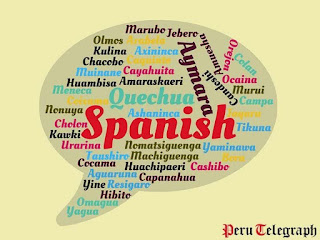ECONOMY
The economy of Peru is an emerging , social market economy characterized by a high level of foreign trade and an upper middle income economy as classified by the World Bank . [23] Peru has the forty-seventh largest economy in the world by total GDP [24] and currently experiences a high human development index . [25] The country was one of the world's fastest-growing economies in 2012, with a GDP growth rate of 6.3%. [26] The economy was expected to increase 9.3% in 2021, in a rebound from the COVID-19 pandemic in Peru . [27] Peru has signed a number of free trade agreements with its main trade partners. China became the nation's largest trading partner following the China–Peru Free Trade Agreement signed on 28 April 2009. [28] Additional free trade agreements have been signed with the United States in 2006 , [15] [29] Japan in 2011 [30] and the Euro...






